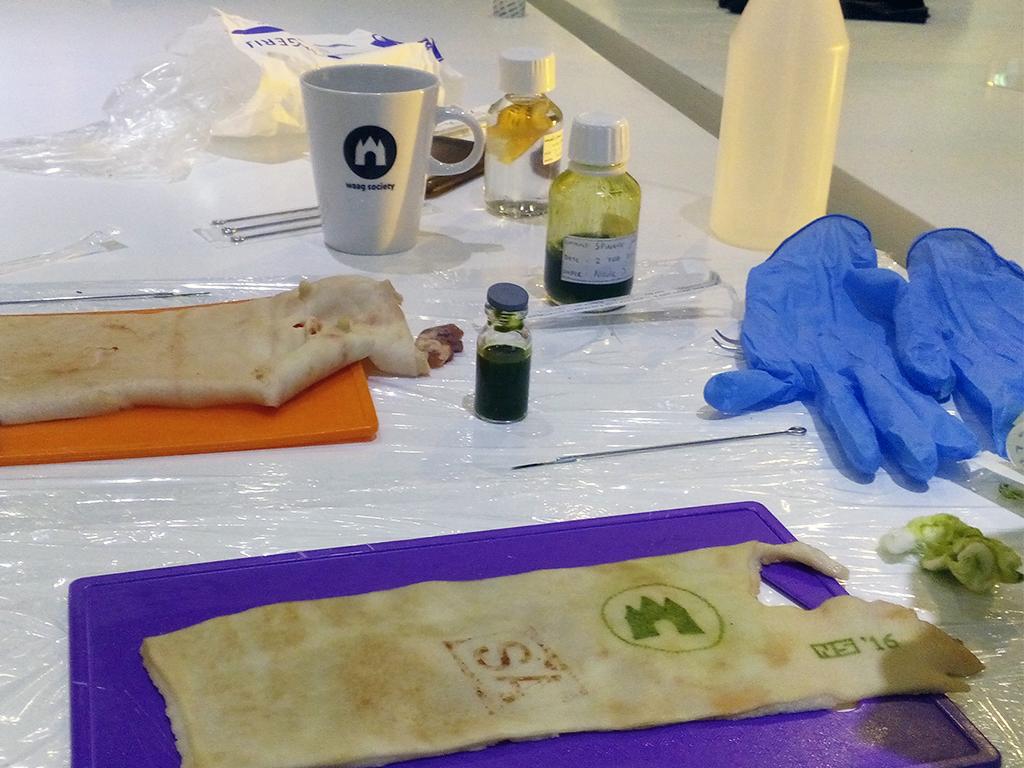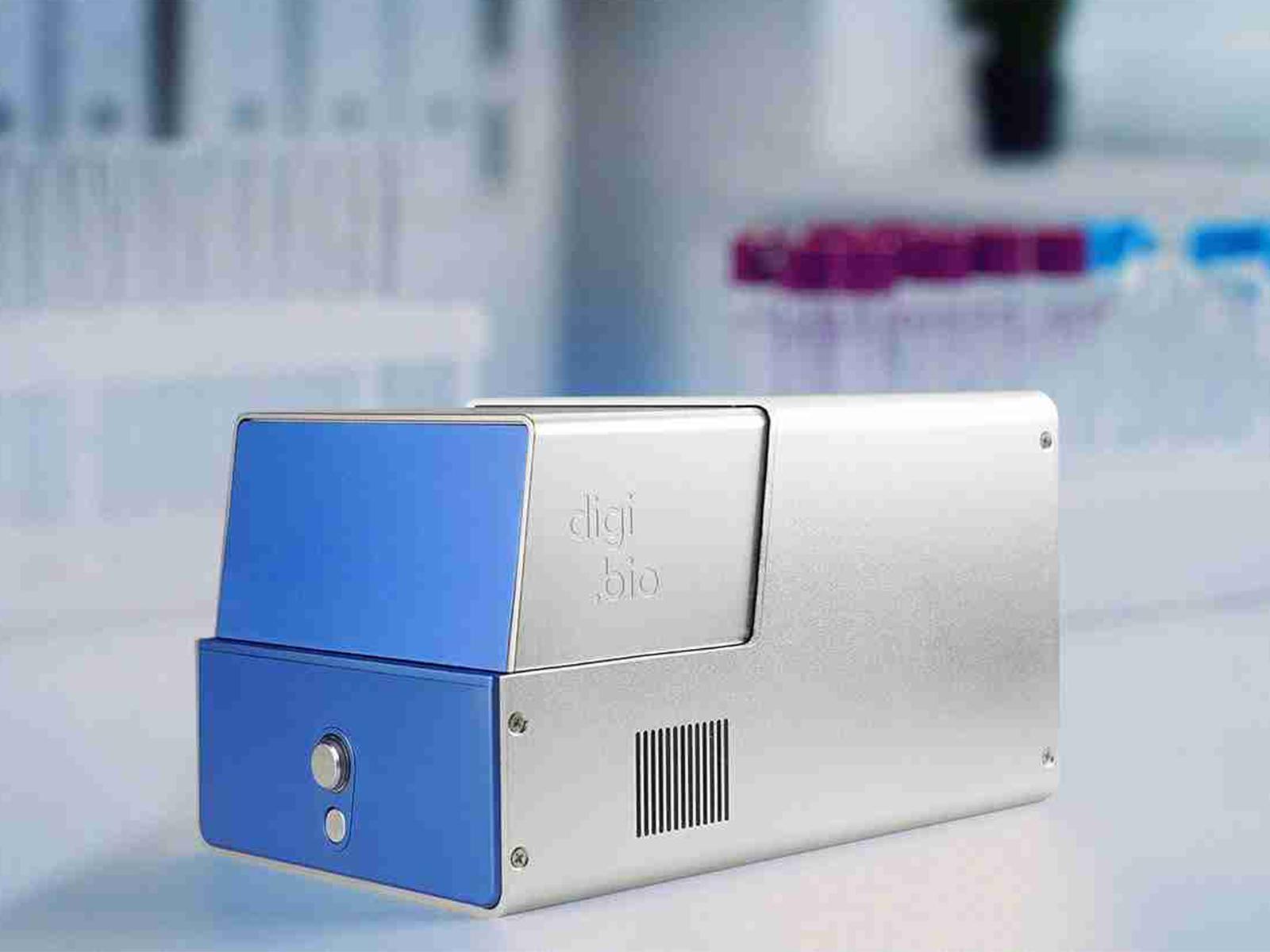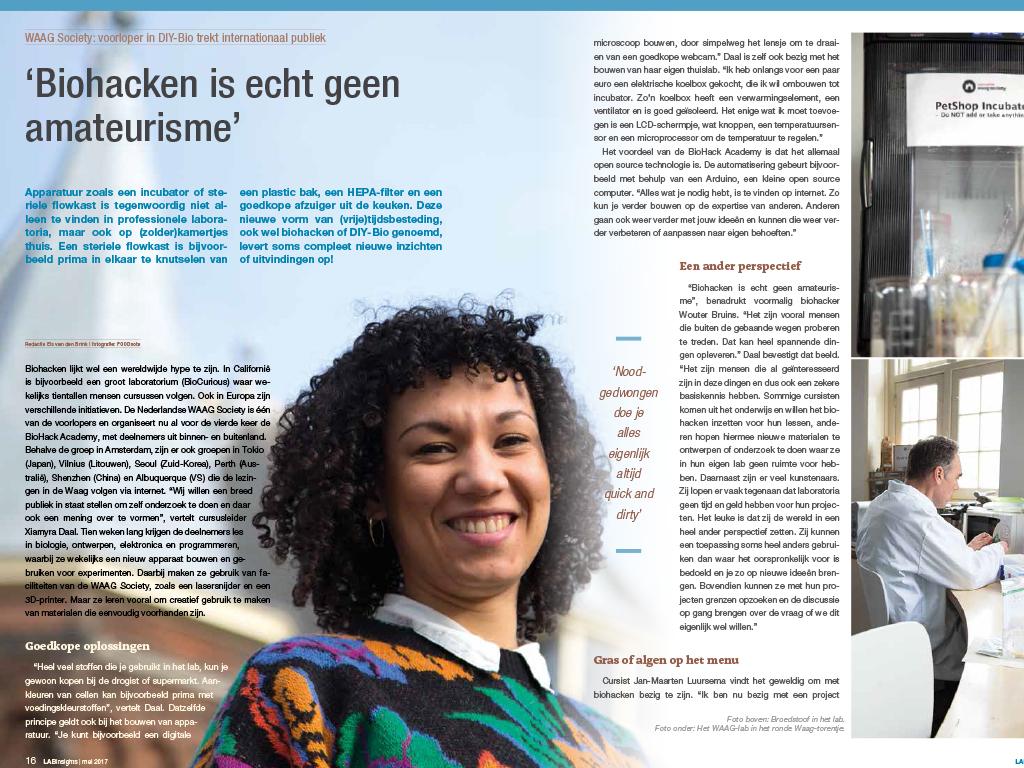Our Open Wetlab is for anyone who is interested in learning about and making new cool bio-concepts and bio-things. For example, you can engrave pictures in yeast cultures or co-develop open source lab devices. Since the beginning of this year, we have changed this format a little bit. We wanted to transition from starting with different ideas every week to bigger, longer-lasting projects to foster collaborations and create a more fruitful base for exploring everyone’s ideas together.
We saw that sometimes we just need some extra time to work out an idea, get committed, and find out what we need to make it work. So we wondered what it would look like if we worked in cycles of four weeks and decided to implement it. We recently finished our first Open Wetlab four-week project cycle. What did we learn? Did we work together? What did we make? Here’s a wrap up of what we’ve seen, made, and learned.
As the title suggests, we worked a lot with the artistic potential of all that is Bio. Iris Kloppenburg, for example, worked on using bacterial pigments to dye different fabrics. Previously, she had experimented with burying textiles in the soil to see if bacteria and fungi would leave stains and how long the stains would last. Over the past few weeks, she has cultured bacteria that produce different pigments, and let them do their work on different fabrics. Iris worked on this project with others who were interested and experienced with textile bio-printing. Together, they formed a busy team! The experiments aren’t finished yet, so we expect to provide an update on this - and show results - later.
We also explored improving human energy storage and provision with chloroplast tattoos. If sea slugs can steal chloroplasts from algae for functional photosynthesis, why can't we? We had wonderful conversations about this idea and the science behind its possibilities (as well as its impossibilities), but we also knew that we had to experiment with it. We therefore extracted chloroplasts from spinach and used "stick ‘n poke tattoo" technology to make biotattoos on some pig skin we bought from the local butcher. Nicole Spit brought up this idea four weeks ago, and others soon joined the tattoo club. The project will continue for sure!
Aside from bioprints on both skin and cloth, we worked (and are still working) on an experiment to model the vestibular system (if someone out there has ideas about how to simulate ion channels, please join the team), a water seedling study, and the idea to make a reasonably priced webcam that records and analyses cell growth.
The fact that we came to the end of our first cycle last Tuesday doesn’t mean that our interesting experiments are grinding to a halt. If more can be learned or developed, we’ll certainly learn more and develop more.
It does mean, however, that we’re looking back on the collaborations and moments of learning over the past four weeks. One thing that stood out to us was the balance between openness and commitment: we loved the combination of flexibility and engagement. It also means that we will launch new experiments and projects every four weeks, but you can co-create at any time!


